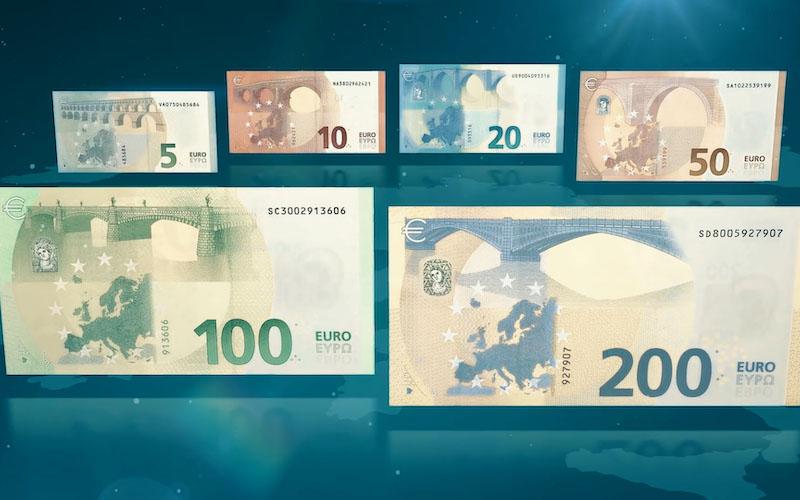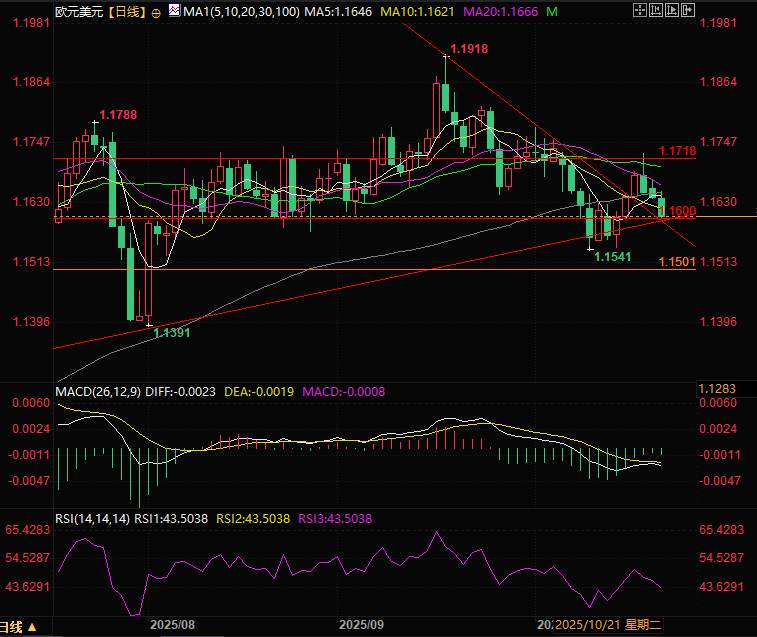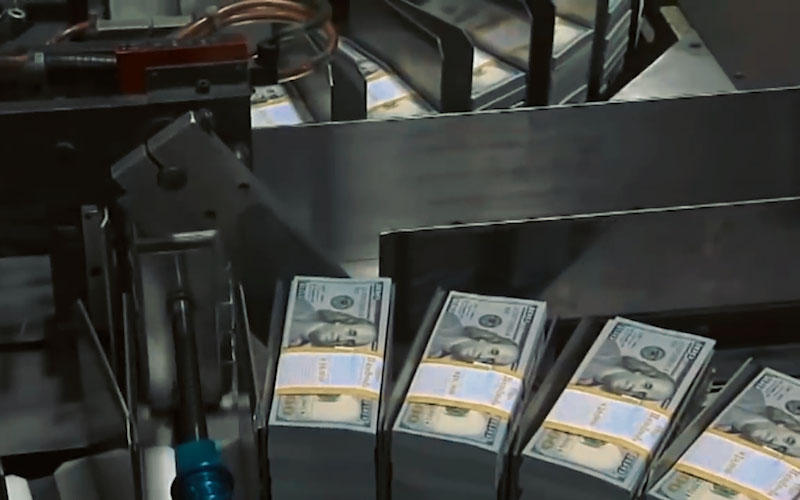"German deflation" triggers Euro storm! ECB leaders speak out one after another, traders scramble for risk, is the US dollar a safe haven again?
2025-10-21 21:02:32

German data suggests the euro lacks room for interest rate hikes, weighing on the euro
Eurozone market sentiment remains fragile. Germany's Producer Price Index (PPI), released on Monday, fell 0.1% month-over-month in September, following a 0.5% drop in August. This data highlights the ongoing deflationary trend in Germany, the eurozone's largest economy, and further reinforces market expectations that the European Central Bank will extend its easing policy cycle.
During Monday's policy discussion, ECB Executive Board member Isabel Schnabel reiterated that "core inflation pressures remain low"; German Central Bank President Joachim Nagel acknowledged that energy prices have fallen, but warned that "headwinds to economic growth remain significant."
Some analysts pointed out that the weakening of the euro is "the result of the combined effect of Germany's structural deflation, the European Central Bank's cautious remarks, and a mild rebound in US Treasury yields."
Relative policy divergence has not widened the interest rate gap between Europe and the United States
The current market trend remains focused on relative monetary policy divergence. However, a new interpretation seems to be emerging: policy divergence coupled with a very limited widening of the real interest rate differential. Markets anticipate a small rate cut by the Federal Reserve later this year. Due to its tight focus on inflation, high real yields are expected to persist. Meanwhile, the European Central Bank, facing weak data, appears inclined to maintain its current policy unchanged, meaning that real yields in the eurozone will remain low. This new pattern of policy divergence coupled with minimal changes in the interest rate differential will support the US dollar.
Currently, the euro still faces further downside risks against the dollar, and traders are awaiting speeches by ECB officials (including Chief Economist Philippe Lane and President Christine Lagarde) on Wednesday for more policy clues.
The eurozone's economic situation is worrying
The euro's recent decline is closely tied to weakening inflation signals and cautious ECB rhetoric. Germany's producer price index (PPI) has declined for six consecutive months, dropping 0.1% in September. This data reflects easing cost pressures in the manufacturing sector. While lower input costs are likely to benefit industry profit margins, they also reinforce the market perception that overall consumer price growth in the eurozone is subdued.
ECB policymakers currently face a dilemma: inflation has slowed significantly, while growth indicators remain weak, insufficient to justify aggressive tightening. Against the backdrop of stabilizing energy prices and subdued real wage growth, policymakers are signaling a wait-and-see approach rather than a rush to action.
Lagarde will deliver two speeches this week, and today's speech is expected to reiterate the ECB's "gradual stance." The market expects her to emphasize that "policy is data-dependent" and avoid premature tightening remarks before the October policy meeting.
Meanwhile, European Central Bank Chief Economist Philip Lane has consistently maintained that "policy transmission is subject to time lags," necessitating a wait to assess the full impact of past rate hikes. This cautious approach, coupled with weakness in German manufacturing, has hindered the euro's ability to maintain a sustained rebound.
A shift in the US domestic risk narrative is positive for the dollar
Global risk sentiment has improved modestly following signs of progress in US-China trade talks. US President Donald Trump said on Monday he expected a peaceful deal to be reached soon, while White House adviser Kevin Hassett hinted that the prolonged US government shutdown "could end within days."
Generally speaking, rising risk appetite is good for risky assets, but in the current environment, this sentiment has instead supported the US dollar - as investors turn to dollar-denominated assets amid stable yields and relatively strong macroeconomic conditions. In contrast, the euro lacks supportive catalysts due to domestic economic stagnation and weakening inflationary momentum.
US economic data is the next point of observation
The dollar's modest strength also reflects positioning ahead of next week's Federal Reserve policy meeting. The market is still pricing in a 25 basis point rate cut from the Fed, but opinions are divided on whether a December cut will follow. Federal Reserve Governor Christopher Waller's speech later today may shed new light on the central bank's assessment of inflation risks.
Recent US economic data has been mixed: strong retail spending and robust labor demand have offset the negative impact of weakening business confidence. However, compared with the eurozone, US macroeconomic fundamentals remain robust, allowing the Federal Reserve to maintain a more balanced policy stance.
This divergence in fundamentals has kept the yield spread between U.S. and German government bonds stable at around 180 basis points, exerting downward pressure on the euro against the dollar. Unless subsequent U.S. data significantly falls short of expectations, this yield gap will remain a major drag on the euro.
The market is waiting for the delayed release of the US CPI data on Friday. If the data falls short of expectations, it will ease market concerns about US inflation and provide data support for the Federal Reserve to continue cutting interest rates.
Technical Analysis:
The Euro continues to hold above 1.1600. If it holds, the Euro could continue to rise. However, with pressure at 1.1718, the exchange rate may fluctuate between 1.1600 and 1.1718, waiting for the moving average to turn bearish again and flatten before bulls can launch an offensive. Currently, both the MACD and KDJ indicators are bearish. If 1.1600 cannot be held, the exchange rate may seek support at 1.1500.

(Euro/dollar daily chart, source: Yihuitong)
At 20:55 Beijing time, the euro is trading at 1.1608/09 against the US dollar.
- Risk Warning and Disclaimer
- The market involves risk, and trading may not be suitable for all investors. This article is for reference only and does not constitute personal investment advice, nor does it take into account certain users’ specific investment objectives, financial situation, or other needs. Any investment decisions made based on this information are at your own risk.





















